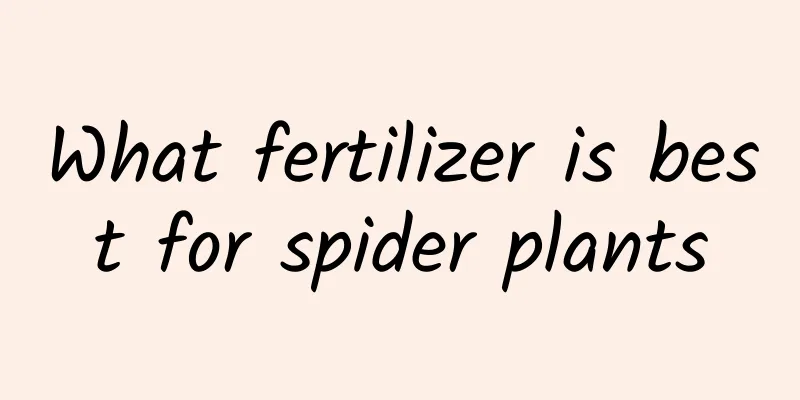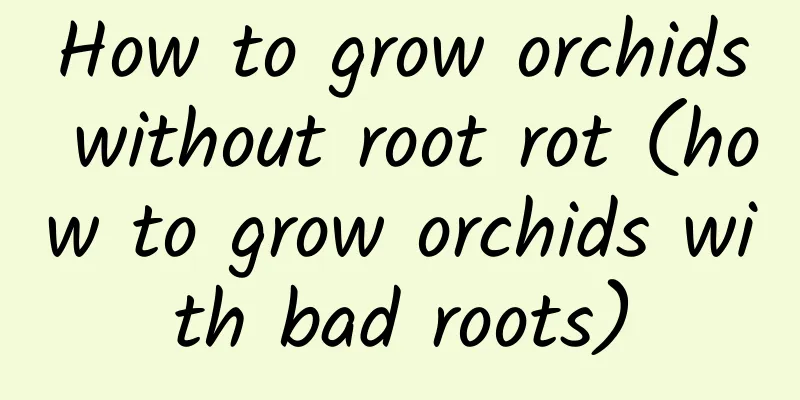What are the cultivation methods and precautions of the cycad

Growth habit of HylocereusThe plant prefers a warm and humid environment with not too strong sunlight. It can be planted in the open field in the warm areas of southern China. In the cold areas of northern China, warming measures should be taken in winter to ensure safe wintering. Cultivation method of Hylocereus truncatulaLight: It likes sufficient light, the suitable temperature is 25-35℃, the wintering temperature is above 10℃, and it needs to be shaded in summer; Soil: It needs loose and fertile soil; Water and fertilizer: Water once every 15 days in spring and autumn, water once a day in summer, and fertilize once every 15-20 days during the growing season. Propagation is generally done by cuttings, and pests and diseases must be prevented and controlled. Watering: The requirements of water and fertilizer for the plant are not high. In spring and autumn, it is required to be watered thoroughly when the soil is dry. Watering once every half a month is sufficient, but the plant should be sprayed with water every day to increase the air humidity. In summer, the evaporation is large, so water should be replenished in time. Water once a day, but water should be avoided on rainy days. In winter, the pot soil should be kept moderately dry, and the amount of watering should be reduced, but the air humidity should be kept high. Fertilization: The demand for fertilizer of the phytoplankton is not too high. Apply decomposed liquid fertilizer every 15 to 20 days during the growth period, and stop fertilizing in winter. Be careful not to use too concentrated fertilizer to avoid fertilizer damage and root rot. Pruning: After picking the flowers of the Osmanthus fragrans, the dense branches and old branches that have bloomed should be cut off to allow them to sprout and renew, fully receive sunlight and ventilation, and promote the next flowering. Precautions for breeding of HylocereusAnthracnose: Strengthen fertilizer and water management, improve plant disease resistance, and promptly remove diseased fleshy stems. Spray pesticides in the early stages of the disease, using 600-800 times diluted 65% mancozeb wettable powder, 500 times diluted 50% carbendazim wettable powder, or 800-1000 times diluted 70% thiophanate-methyl wettable powder for spraying. Scale insects: If scale insects are found, timely measures should be taken to eliminate them. When the number is small, you can use a soft brush to gently brush them off. When the number is large, you can use 80% DDT 1000 times diluted or 2.5% cypermethrin 3000 times diluted spray. Snails: Capture and kill them manually in the early morning or on rainy days. Use 10 grams of 8% snail-killing granules per square meter and sprinkle them near the affected plants in the evening to poison them. |
<<: What are the cultivation methods and precautions of Luohan Tree?
>>: Is lentil a shade-loving or sun-loving plant?
Recommend
Planting method and time of autumn peas
The best time to plant autumn peas The autumn eye...
Dragon fruit planting methods and precautions
Dragon fruit is a tropical and subtropical fruit ...
Can I plant a plum tree at home?
Can I plant a plum tree at home? You can plant pl...
Does the money tree need watering in winter? How to water?
The money tree is light-loving and shade-tolerant...
How to Grow Lilies at Home
1. Planting time Lilies are suitable for planting...
How to disinfect soil with rotten roots
1. Sun exposure disinfection Although the soil wi...
Pruning time and pruning method of grapefruit trees (the best time and technology for grapefruit pruning)
When is the best time to prune a grapefruit tree?...
Take you to magical South Africa to see succulents, it will be an eye-opener!
Compared with those beautiful flesh in Japan, all...
How to change the pot of Huangli
Prepare the Soil The flowerpots for succulents ar...
Why are the leaves of the fortune tree curling?
1. Too much light Reason: The money tree loves su...
Why do we need to turn over and dry the soil before planting vegetables?
Whether it is vegetable planting, fruit tree plan...
What to do if the roots of golden-edged agave rot
1. Check if it is a watering problem First of all...
The efficacy and effects of mango, what will happen if you eat too much mango
1. The efficacy and function of mango 1. Anti-eme...
Cyclamen planting environment
1. Summer maintenance The suitable growth tempera...
Can I water many succulent plants with many flowers?
Can I water many succulent plants with many flowe...









